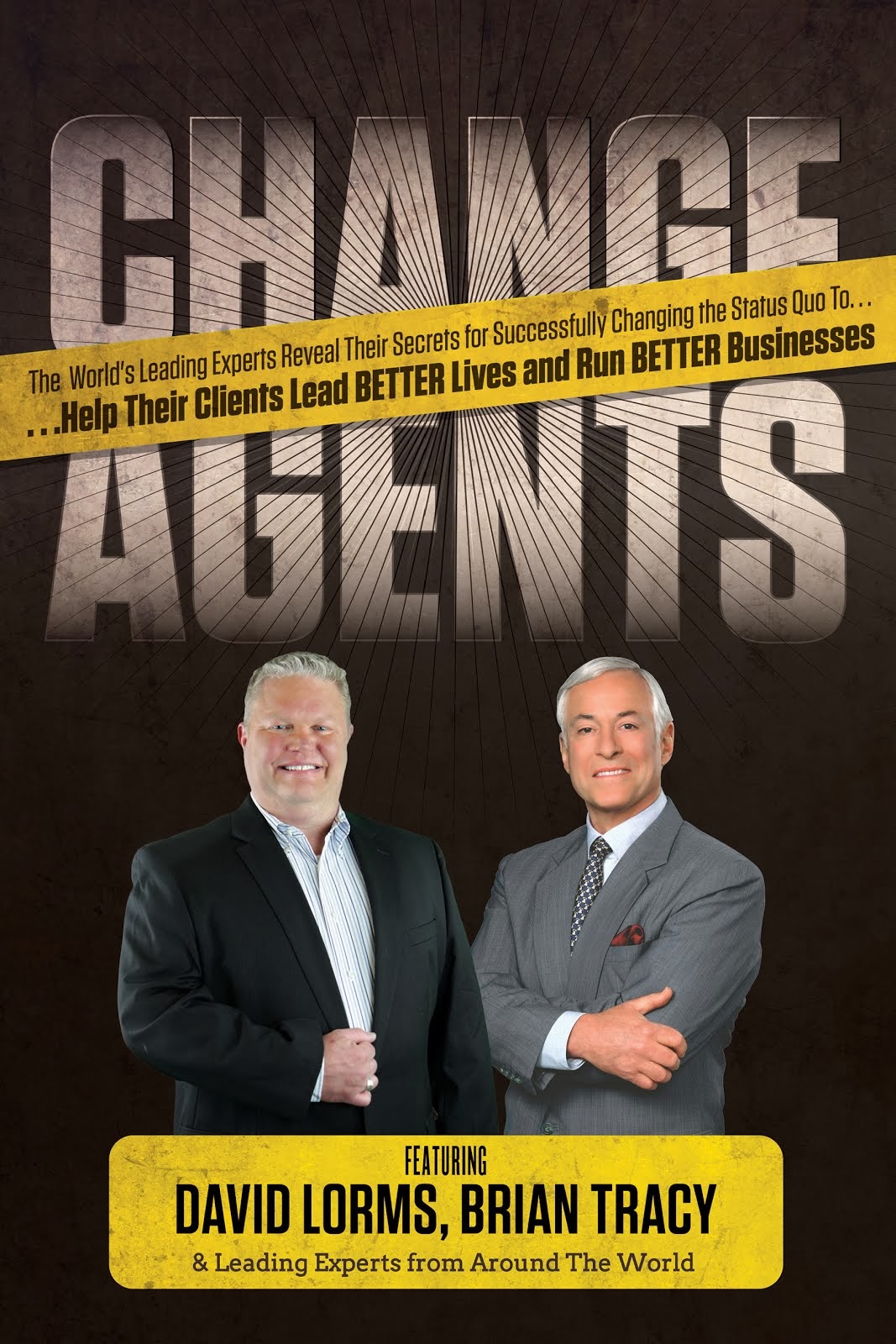
Council Member Brenda Stardig encourages everyone to be vigilant about their safety. HPD released the statement below regarding home burglary prevention.
When traveling, keep your home looking lived-in by having grass cut, mail and newspapers picked up and lights turned on and off.
Keep a current inventory of all your valuables. Include photos or video, descriptions, and serial numbers of all electronic equipment. Engrave valuables with your Texas driver license number (preceded by the letters “TX”). In the event your home is burglarized, this will help police identify the property if it is recovered. Engraving property can also help with insurance claims. Secure cash and jewelry in bonded storage.
Getting Involved
Know who belongs in your neighborhood and report suspicious persons immediately. Be alert in protecting not only your home but your neighbors as well. Don’t tell a stranger that your neighbor is not at home or volunteer any personal information about your neighbor. Never leave notes on your door that reveal that your home is not occupied. Join a neighborhood watch group. If there is not one in your neighborhood start one. Help keep your neighborhood clean.
Alarm Systems
Choose a reputable, well established company. Learn how to use your alarm system properly to reduce false alarms. Fines can be assessed for excessive false alarms. Do not write your alarm code/password on or near the alarm keypad. Put a warning sign on windows and entrances.
Make sure your alarm call back list is always up to date.
Additional Information
« Acknowledge all callers through locked doors.
« Keep doors, windows and garage doors closed and locked even when at home.
« Before moving into a new house or apartment, re-key or change the locks on all
exterior doors, also change the code to your garage door opener.
« Draw all curtains or shades at night to prevent viewing from the street.
« Never leave a house key in an obvious place such as a mailbox, under plants or
a doormat.
Doors and Windows
All exterior doors should be solid core or of metal construction. All entry doors should be equipped with a good quality deadbolt lock having a minimum of a one inch throw. A good quality double cylinder deadbolt lock should be used if there is glass within 40 inches of the lock. If using a double cylinder deadbolt lock, make sure a key is readily accessible in case of an emergency. Use a heavy duty strike plate secured with number 12 gauge three-inch wood screws.
All exit doors with outside hinges should have their hinges pinned. Install a peephole with at least a 180-degree viewing area. Secure all sliding glass doors with an anti-lifting device and a secondary locking device. Windows have latches and not locks, therefore, install secondary locking devices on all windows.
Exterior and Landscape
Install lights in areas around doors, walkways, and driveways. Locate outside lights high and out of reach. Use inexpensive timers or photo electric cells to automatically turn the lights on and off at dusk and dawn. Trim shrubbery and trees so doors and windows are visible from the street. If there is a second floor, prune the trees so that a thief cannot use them to reach a second floor window.
To discourage an intruder, plant thorny hostile plants along fences and near windows. A good fence should not block visibility. Do not leave ladders or tools outside; they can assist a person in gaining entry. Gates on fenced yards should be locked with good quality padlocks. Install large reflective numbers (minimum 3 inches) on your house and mailbox so police and other emergency personnel can find your home quickly.
Visit the HPD website www.houstontx.gov/police/crime_prevention for more crime prevention tips.











